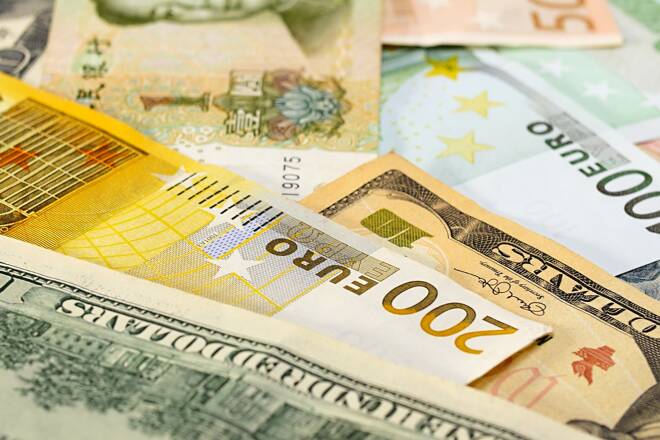Advertisement
Advertisement
EUR/USD Price Prediction – Energy Problems Weigh On The Euro
By:
Meanwhile, U.S. PMI reports were worse than expected.
Key Insights
- Germany believes that Russia’s Gazprom may cut supplies in July.
- Germany’s position has put the current situation in the European economy back into spotlight.
- In the U.S., flash readings of PMI reports show that high Treasury yields and high energy prices have already started to put pressure on the economy.
Germany Prepares For Natural Gas Shortage
EUR/USD made an attempt to settle below 1.0500 after Germany decided to enter the “alarm stage” of its emergency gas plan due to the potential shortage of natural gas.
Germany fears that Russia’s Gazprom will cut supplies via North Stream I in July due to regular maintenance. In a “normal” situation, Gazprom would have supplied Europe through other pipelines, but the current situation is anything but normal.
It looks that EUR/USD traders who focused on the strong pullback in Treasury yields have started to pay attention to the upcoming problems of Europe’s leading economy. European natural gas prices continue to move higher. Given the upcoming shortage of natural gas, the European economy looks headed into a recession, which will be bearish for euro in the longer run.
U.S. PMI Reports Indicate That Economy Is Slowing Down
U.S. has recently released Initial Jobless Claims report, which indicated that 229,000 Americans filed for unemployment benefits, mostly in line with the analyst consensus. The situation in the job market remains healthy, which means that the Fed will remain focused on fighting inflation.
Meanwhile, the flash reading of U.S. Manufacturing PMI indicated that Manufacturing PMI declined from 57 in May to 52.4 in June, compared to analyst consensus of 56. Services PMI decreased from 53.4 to 51.6, while analysts expected that it would grow to 53.5. Numbers above 50 show expansion.
The flash readings of PMI reports indicate that the economy has started to slow down, which is not surprising given higher interest rates and higher energy prices.
While U.S. PMI reports were worse than analysts expected, the U.S. economy is in a better shape compared to the European economy, which may ultimately put more pressure on EUR/USD.
For a look at all of today’s economic events, check out our economic calendar.
About the Author
Vladimir Zernovauthor
Vladimir is an independent trader, with over 18 years of experience in the financial markets. His expertise spans a wide range of instruments like stocks, futures, forex, indices, and commodities, forecasting both long-term and short-term market movements.
Advertisement
